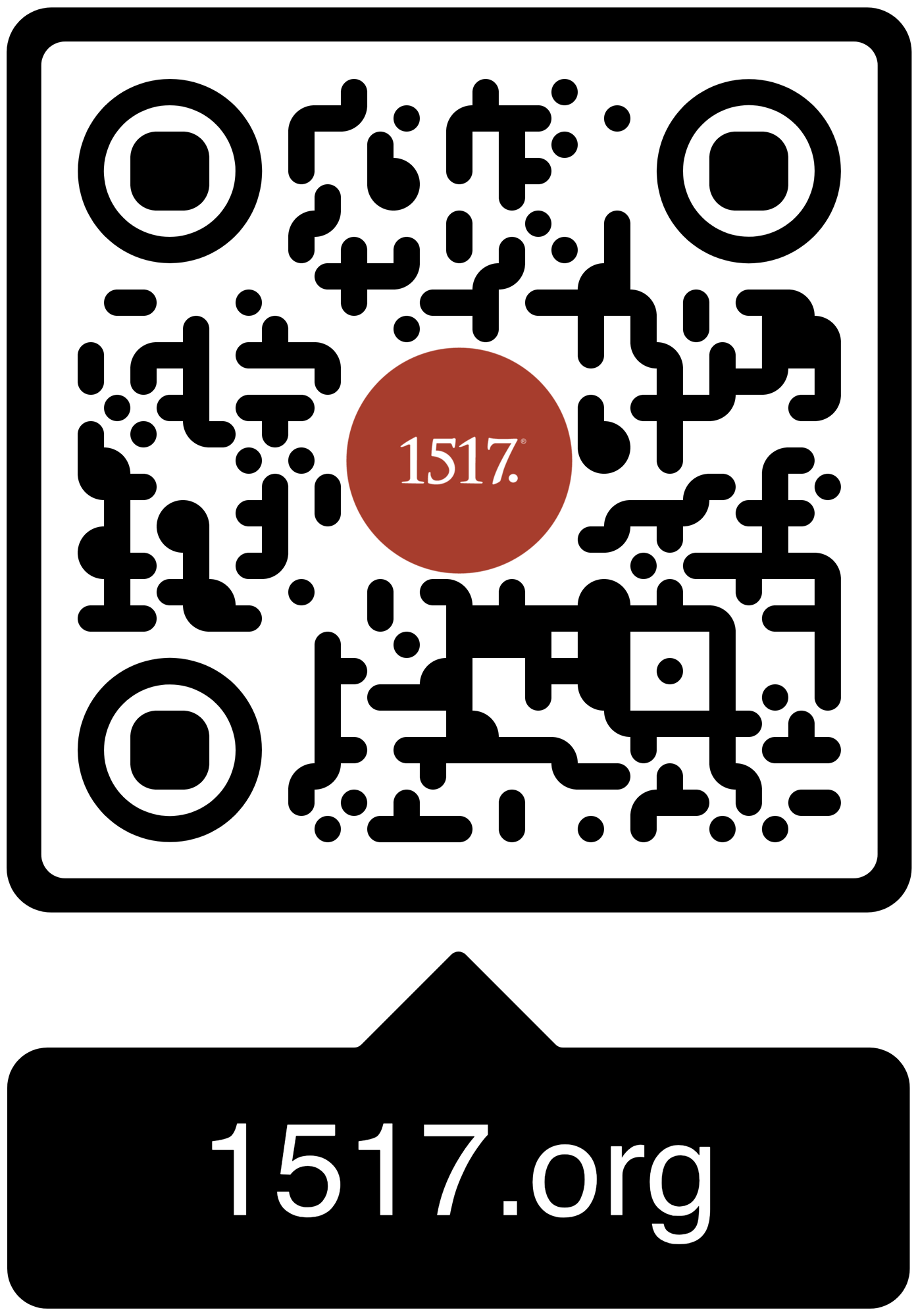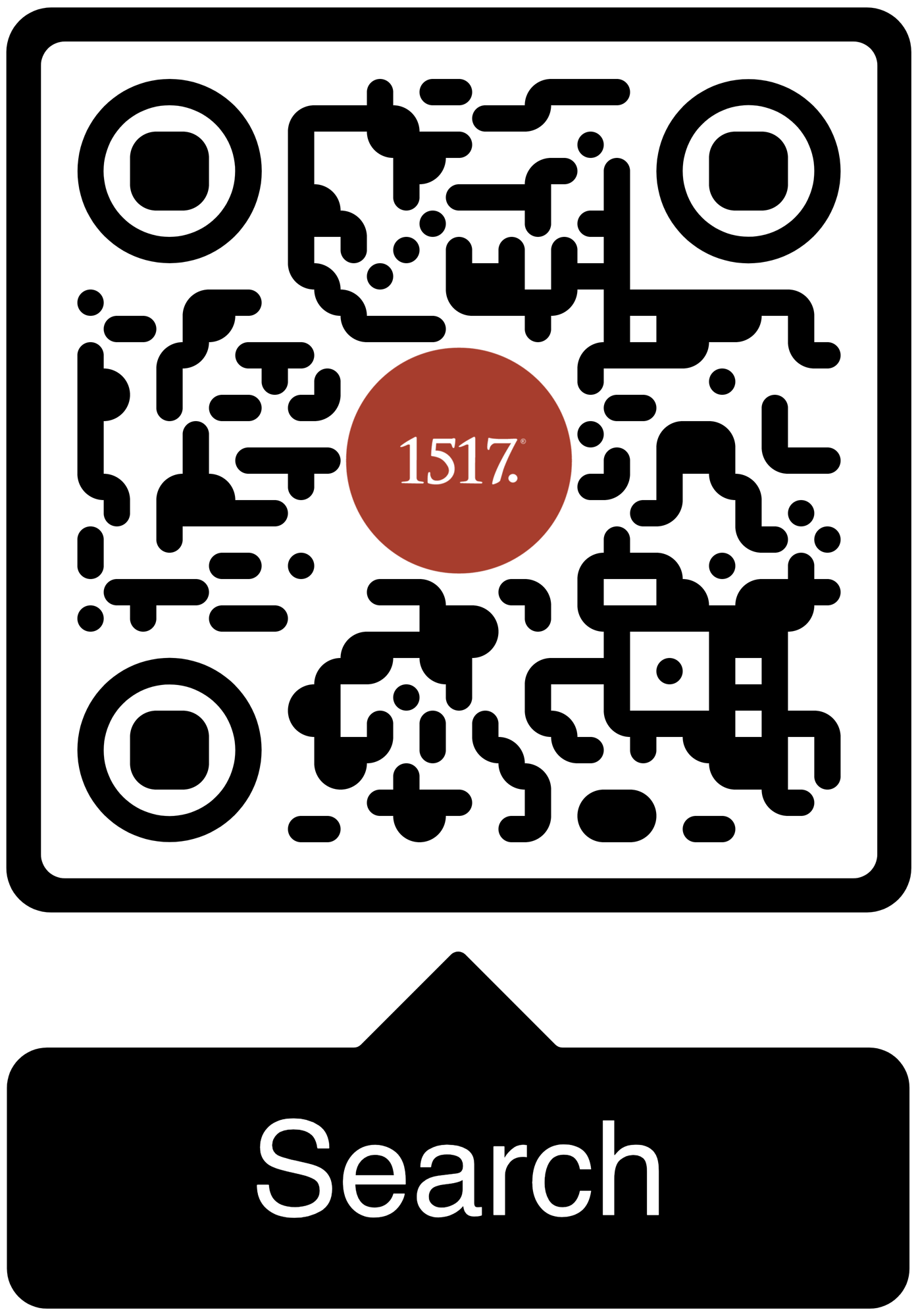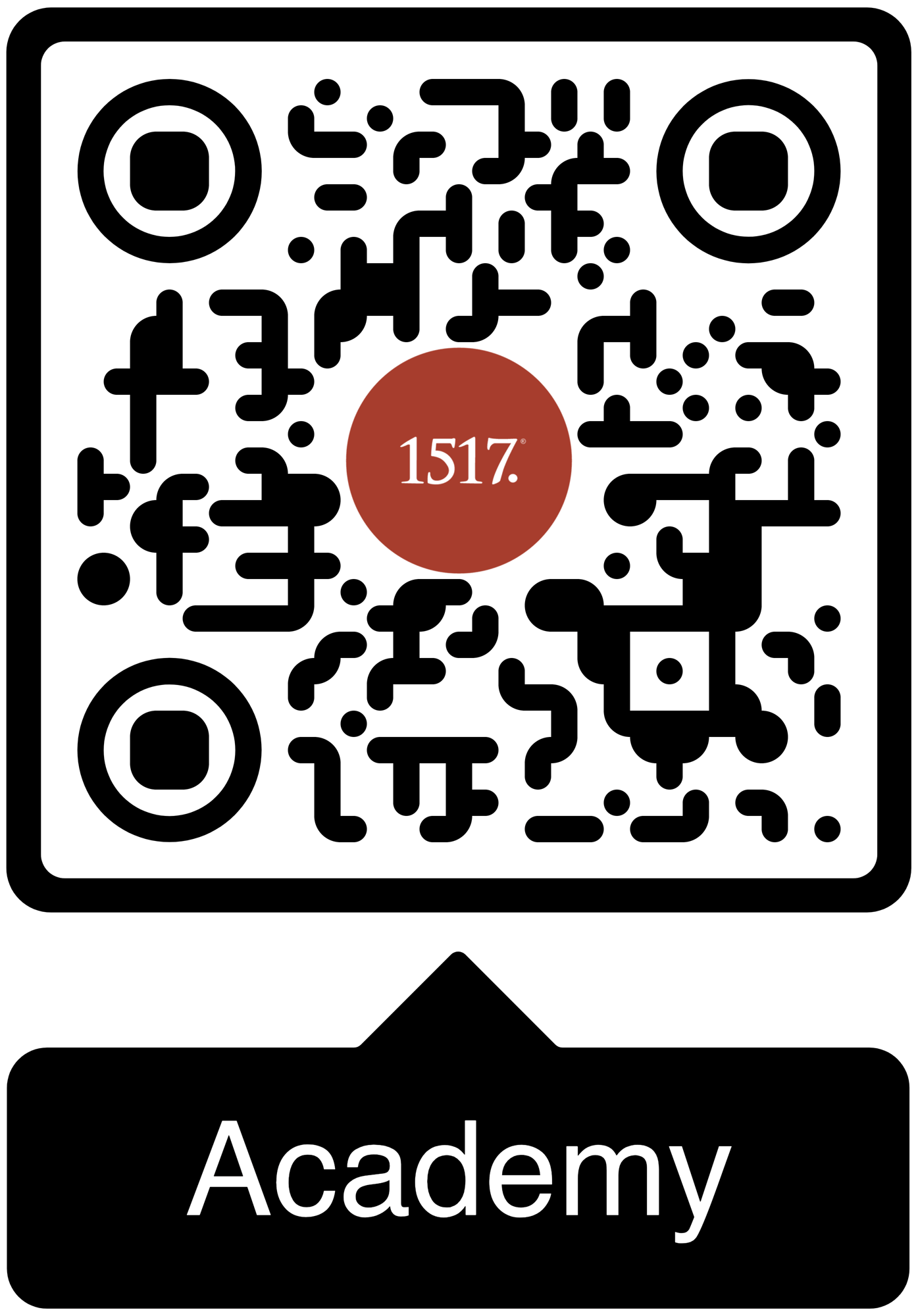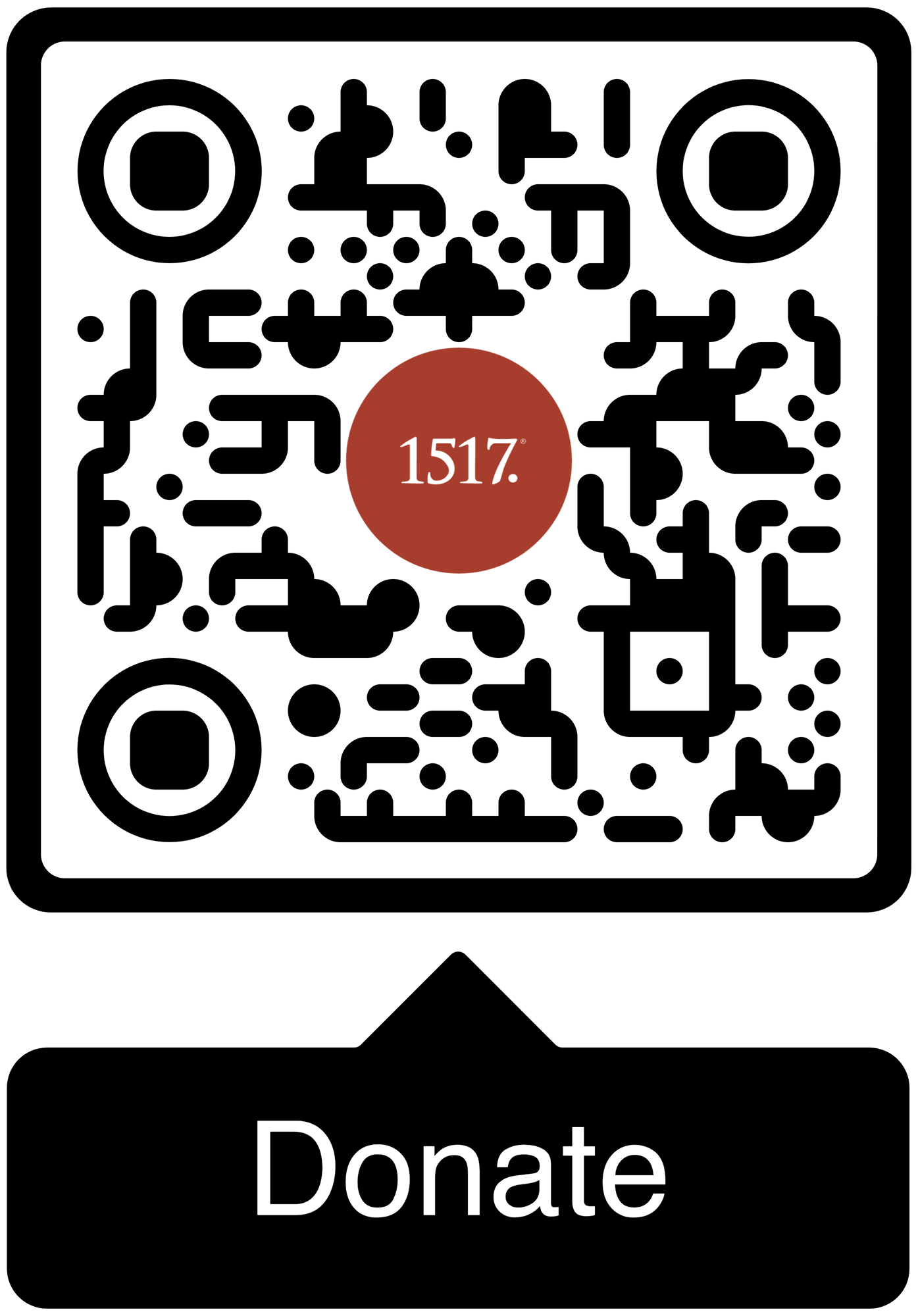In the upside-down wisdom of God, the place of the cross becomes the place of life, absolution, and triumph.
The prevailing difference between the words of Paul and the impostors harassing the Colossians came down to how the notion of spiritual advancement or assurance was conveyed. For Paul, this was entirely downstream of “the word of the truth, the gospel” (Col. 1:5). Christ’s followers were made certain of their faith by nothing more or less than the preaching of Christ. The false teachers said otherwise, insisting on “human tradition” and “self-made religion,” all of which had the “appearance of wisdom” but none of its substance (Col. 2:8, 23). Accordingly, Paul’s point was not only to show how misguided these traditions were but also how they undercut the message of the gospel itself. As good and reasonable as their precepts might have sounded, they were not leading folks to Christ but away from Christ. In other words, when we begin promoting or running after alternative methods or sources of “spiritual fulfillment,” we will inevitably lose touch with the Source of it all in the first place.
The apostles confessed that the source of all assurance in the life of faith is none other than the person and work of Jesus Christ (Col. 2:6–7) — specifically, what he accomplished through his death and resurrection (Col. 2:12). It was the event of the cross that remained central to the apostles’ doctrine, with Paul serving as one of the most vocal proponents of what we might reckon as a cruciform faith, which announces, as R. C. H. Lenski once put it, “the absolute completeness of Christ and of his work, the folly of regarding it as insufficient and as needing the addition of certain observances about physical things in order to assure our salvation” (98–99). His oft-repeated maxim that he was determined to know nothing among the saints except for “Christ and him crucified” (1 Cor. 2:2) is no mere platitude. Rather, the cross presents the truest portrait of the Christian faith. “The cross of Christ,” R. C. Lucas attests, “in and of itself gives the clearest and most complete understanding to the Christian of the fullness that is in the gospel. Understand the cross, and it is impossible to miss what God has done for us” (107). Even so, we mustn’t turn a blind eye to the fact that this is also what makes Christianity endlessly bizarre.
The unthinkable horror of the cross.
At a bare minimum, the Christian gospel invites you to put your faith in, devote your life to, and find your hope in a Lord who was publicly and brutally put to death, which is a rather unpleasant incentive for religion if you think about it. Crucifixions offered nothing worth celebrating. To sing about such a scene would make about as much sense as singing about the sight of an electric chair. Crosses were vile and horrid instruments of torture reserved for the most detestable criminals. It’s the worst-kept secret that the Romans took sadistic pride in perfecting this form of cruelty, culminating in historically the worst and, to imbibe Cicero, the “most cruel and ignominious punishment” to which anyone could be subjected. Those condemned to be crucified were, in many ways, condemned to an “extended death,” with Roman crucifixions lasting for hours or even days in some cases. Executioners were charged with purposefully prolonging and exacerbating the agony of the sufferer, with each element thereof designed to intensify their shame and disgrace in the process.
Salvation in scandal and death.
All of this allows us to understand why Paul elsewhere refers to the “word of the cross” as “folly” (mōria) and “a stumbling block” (1 Cor. 1:18, 23). At face value, he was well aware that his message was inherently scandalous. But he also knew and believed that it was only in and through the resurrection that the absurdly horrific sight of Christ crucified made any sense. The empty tomb, in other words, reinterprets what happened on the cross, allowing us to understand what it actually accomplished — namely, redemption and the “forgiveness of sins” (Col. 1:14; cf. Rom. 4:25). Accordingly, just as the risen Lord enlightened his apostles after his resurrection (Luke 24:44–47), Paul similarly explains that church’s life, hope, faith, and glory is entirely attributed to the uncanny event of the cross. Contrary to what could be seen by the naked eye, there was much more going on during the hours of Jesus’s crucifixion than anyone could have ever imagined. In that crucible, God in Christ was clearing every obstacle of sin, death, and darkness out of the way so that he might be glorified and we might be reconciled to him (Col. 2:13–15).
In the upside-down wisdom of God, the place of the cross — that is, Golgotha, literally “the place of the skull” (John 19:17) — becomes the place of life, absolution, and triumph. That place of death is the precise spot where sinners are “made alive” (suzōopoieō), where “God utters a creative counterstatement” of “creation, life, salvation,” to quote Jonathan A. Linebaugh, “in response to humanity’s “nothingness, death, and sin” (187). Inherent to this confession is the admission of death, which is what the Christ of God surrendered to on our behalf. He willingly suffered every atrocity of the cross, including death itself (Phil. 2:8). He neither fainted nor went unconscious. Rather, as Paul says, he was “buried” (Col. 2:12). There was no mistaking Jesus’s deadness. After all, unless you’ve made a grave mistake, you only bury someone who is already dead.
Paul is making a powerful point about the way sinners are made alive — namely, by Christ dying their death for them. The death of Jesus on the cross is in every way “vicarious,” that is, it was done for, or on behalf of, someone else. (Note all the occurrences of “in him” or “with him” in Chapter 2, with four of the ten instances appearing in verses 11 through 13.) By this, we are made to understand that Christ was (and is) our substitute. The life he lived and the death he died was for the sake of his Father’s glory and for the sake of mankind’s redemption. From start to finish, he fulfilled all righteousness (Matt. 3:15), especially for those who could never attain any for themselves.
Christ’s vicarious death.
The gospel does not offer you the opportunity to make yourself right with God by giving you a dose of divine willpower. Rather, the gospel is the announcement that your right standing with God is on account of Christ alone. Just as he “was buried, [and] was raised on the third day,” so, too, have you been “buried” and “raised” together “with him.” The Son of God lived and died vicariously so that we can be reconciled and restored to the Father. This is what the gospel of the cross extends to criminals and sinners.
What should be the height of God’s shame is actually the apex of his glory. When the Christ of God hangs on the cross as the vicarious sinner for a whole world full of sinners, he glorifies his Father and shows the whole universe the extent of his grace, mercy, and power, not only by making dead sinners alive but also by flat-out embarrassing the worst that the devil had to offer. The man on the middle cross was not merely a moral teacher from Galilee, nor was he a miracle worker from Nazareth. Neither was he an exceptionally gifted Rabbi with a cult-like following. Instead, nailed to that ratty Roman torture device was none other than God incarnate, he who is “the image of the invisible God” (Col. 1:15). “The body and the blood that bought our redemption,” Lenski continues, “did so and could do so because Deity dwelt in them as in the whole human nature of Christ” (101).
Accordingly, his death thereon wasn’t necessarily a result of the nails or the thorns. Rather, he surrendered to it. “I lay down my life,” Jesus attests, “that I may take it up again. No one takes it from me, but I lay it down of my own accord. I have authority to lay it down, and I have authority to take it up again” (John 10:17–18). In so doing, Christ crucified was disarming and “triumphing over” all “rulers and authorities” (Col. 2:15).
Evil and eucatastrophe.
Much ink has been spilled trying to identify who these “rulers and authorities” were. But I don’t see any solid reason to interpret these figures as something other than a reference to angelic rulers and authorities, that is, “fallen angels,” especially in light of what Paul previously declared about Christ’s authority (Col. 1:16). With this in mind, we can understand the scene of the cross as a battlefield, with the devil and his cronies standing on the balcony of some far-off realm eagerly anticipating the demise of God’s Son. As the supposed Christ of God heaved and bled out, it appeared as though the evil one was about to win. Here was humanity’s best shot for a chance at redemption, and now he was dying. The kingdom of heaven looked like it was going up in smoke before it even got started, as all the hopes, dreams, and promises that Christ embodied were dying with him.
But in a shocking reversal that can only be attributed to the eucatastrophe of God’s grace and power, what looked like humiliation and defeat was actually an absolute triumph. The gospel tells us that Christ embarrasses Satan by subjecting himself to the embarrassment of the cross, disarming that ancient serpent by using the very weapon he thought he was the master of: death (cf. Heb. 2:14–15). “The Devil,” writes St. Augustine of Hippo, “was overcome by his own trophy” (392). Accordingly, Christ’s resurrection recasts the horror of the cross into the hallelujah of heaven, as the one by whom “all things were created” and through whom “all things hold together” triumphantly strolls out of the grave, leaving the devil and all darkness utterly and thoroughly conquered. “Christ is the general,” Andreas Hock declares, “who after defeating the reign of darkness allows apostles and angels to partake in the glory of His victory” (118).
The cross is good news.
As we gaze upon the cross, therefore, we are made to see Christ triumphant. “The triumph,” Roy Yates notes, “is thus the celebration of the results of Christ’s death made publicly available for all” (583). There, on the cross, the Lamb of God took away the sins of the world by putting them on himself, thereby making way for our forgiveness. He pays the ultimate price for your sin, bleeding out for you so that he might cancel (exaleifō) “the record of debt that stood against [you]” (Col. 2:14). This, of course, doesn’t imply “erase,” like one of those chalkboard erasers where you can still see the words that were there before. Rather, it means to completely “wipe away” or “blot out”; more vividly, it means “to obliterate.” This is what Christ has done to the law and its ability to condemn you for your sins. In him, the law has lost its capacity to condemn and enslave (Rom. 10:4), not because it was done away with, but because it has been fulfilled (Matt. 5:17).
In the blood and sludge underneath the cross are inscribed the words of life, hope, and peace for all who believe. Sinners are not condemned because their sins were nailed to the cross along with their Savior. It is he who bears them in his own body, burying them in the tomb and leaving them there when he rises again. The ridiculously good news of what Christ did for us on the cross tells us that everything we owed, he paid. We cannot improve this message by adding anything to it without spoiling it all. The gospel of the cross, therefore, is the scandalous announcement that the whole mess of sin and death has been “cast into the depths of the sea” (Micah 7:19), that is, “into the forgettery of his death” so that he might offer to the Father “only what is held in the memory of his resurrection,” as Robert F. Capon so eloquently put it (232). All that is left for us to do is accept his offer of freedom and fullness of life as if it were all true because, in Christ, it is.




